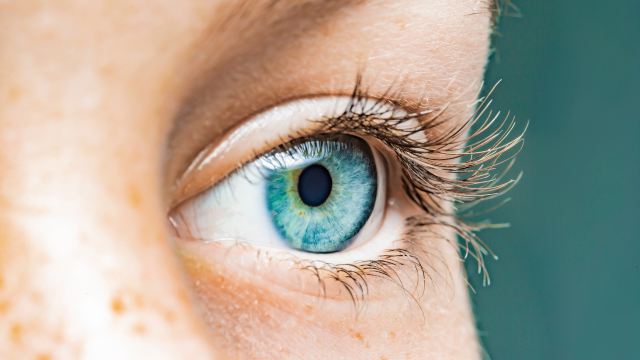Researchers from the University of Wisconsin-Madison have discovered that retinal cells (that are grown from stem cells) can “reach out and connect with neighbours”, potentially enabling a handshake between deteriorating cells and lab-grown retinal eye cells and treating degenerative eye disorders.
The researchers at Wisconsin-Madison first grew cells that resembled human retinas over a decade ago. Retinal cells are different to other cells, in that they process and translate light signals, sending information to the brain which translates into what we see.
“We wanted to use the cells from those organoids as replacement parts for the same types of cells that have been lost in the course of retinal diseases,” University of Wisconsin-Madison ophthalmology professor and director of the McPherson Eye Research Institute David Gamm said. The retinal cells were grown at his lab.
“But after being grown in a laboratory dish for months as compact clusters, the question remained — will the cells behave appropriately after we tease them apart? Because that is key to introducing them into a patient’s eye.”
And now, the team finally has an answer. After breaking apart the retinal cells and injecting a modified rabies virus (marked with a fluorescent colour to track it across potentially formed synapses), the team discovered that these cells will attempt to reach out and form connections with neighbours.
The eye cells will, in fact, attempt to communicate with cells by reaching out to them.
And this was a key part of the entire research. Now that researchers know that these cells reach out to form connections with other cells, these lab-grown retina cells could now “have the capacity to replace diseased cells”, according to the post. It’s not the only innovation seeking to treat eye disorders, but it is an important one, potentially paving the way for lab-led cell regrowth.
“The last piece of the puzzle was to see if these cords had the ability to plug into, or shake hands with, other retinal cell types in order to communicate,” Gamm added.
Anyway, the next step is to take the research to clinical trials.
The most common retinal cell types formed during the creation of synapses were photoreceptors, which are often lost in diseases like retinitis pigmentosa and age-related macular degeneration.
“We’ve been quilting this story together in the lab, one piece at a time, to build confidence that we’re headed in the right direction,” Gamm said.
“It’s all leading, ultimately, to human clinical trials, which are the clear next step.”
You can read about the lab-grown retinal eye cells on the University of Wisconsin-Madison website.
